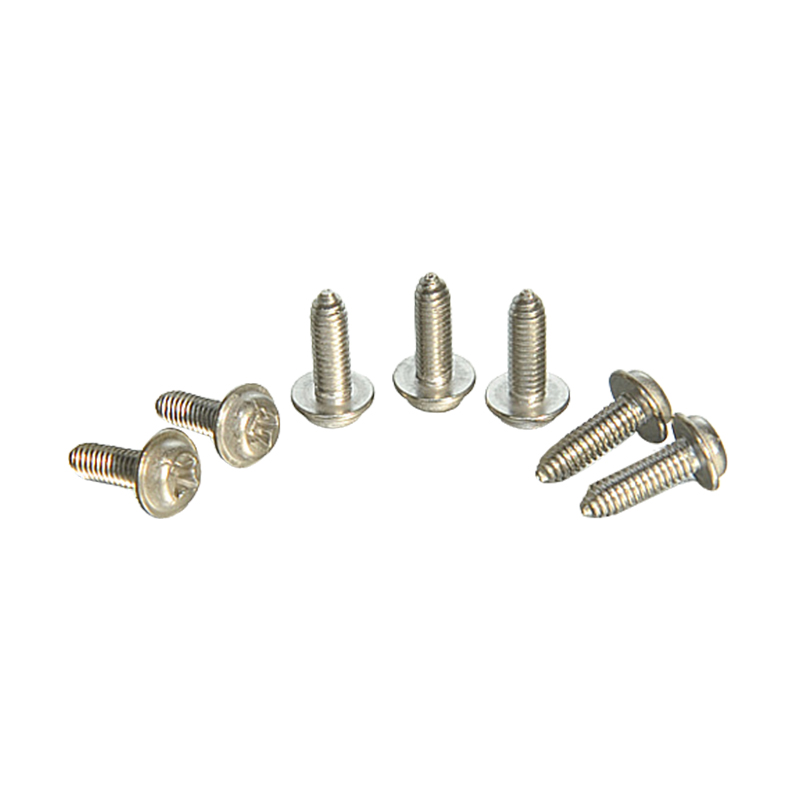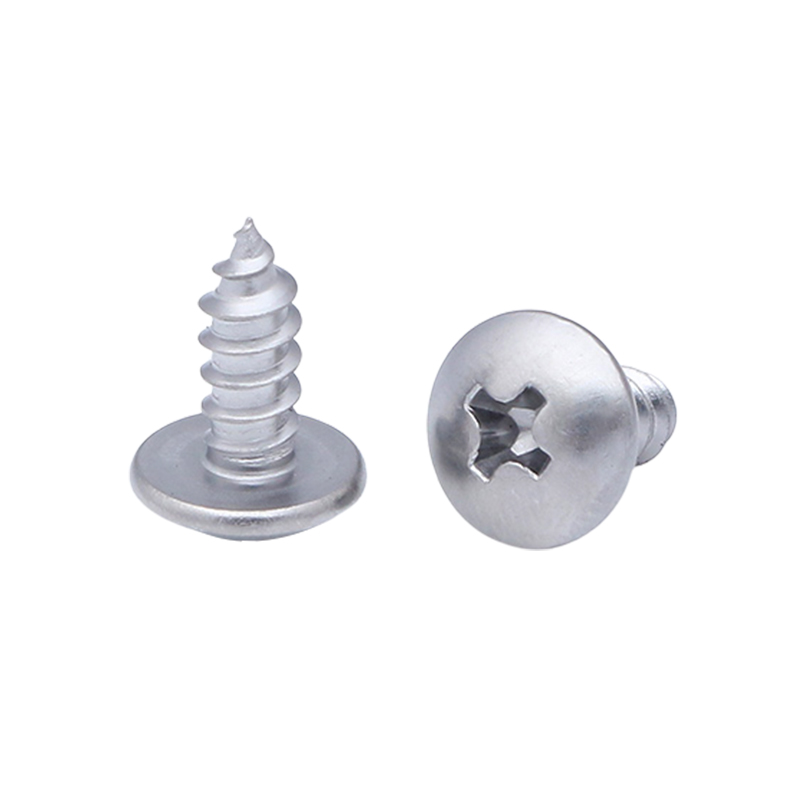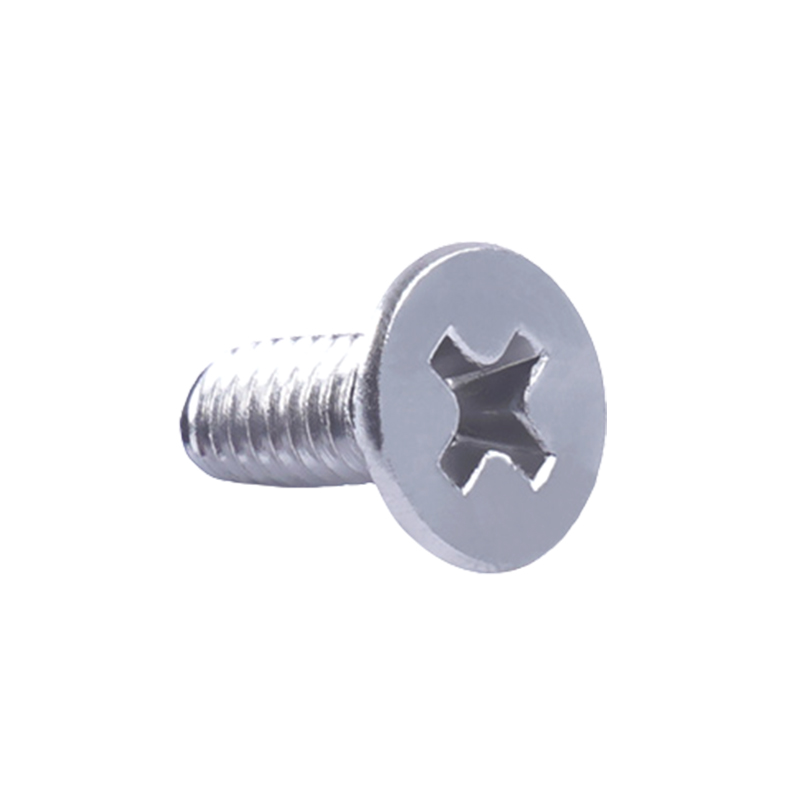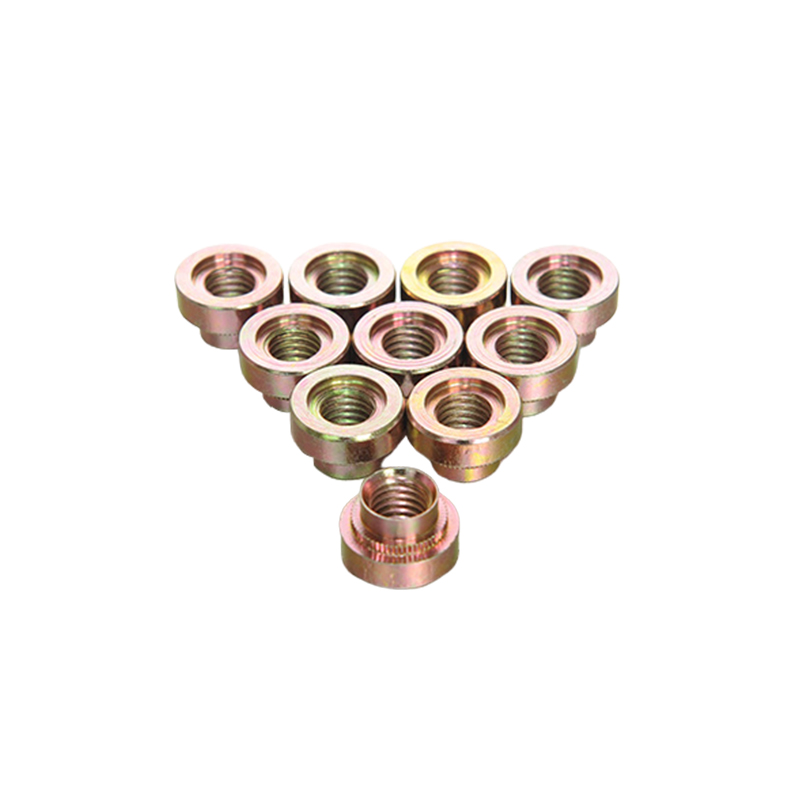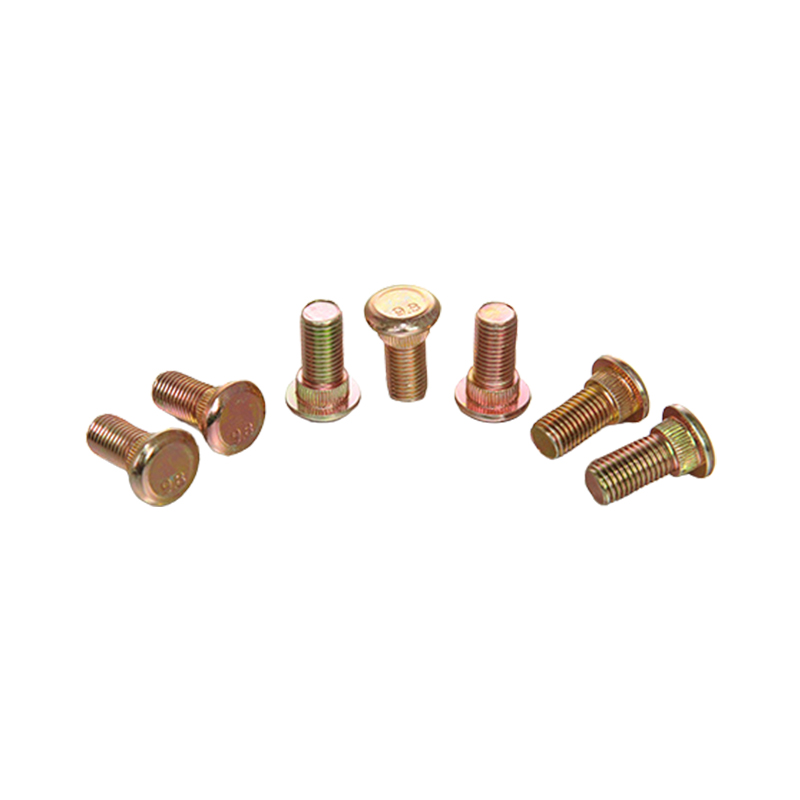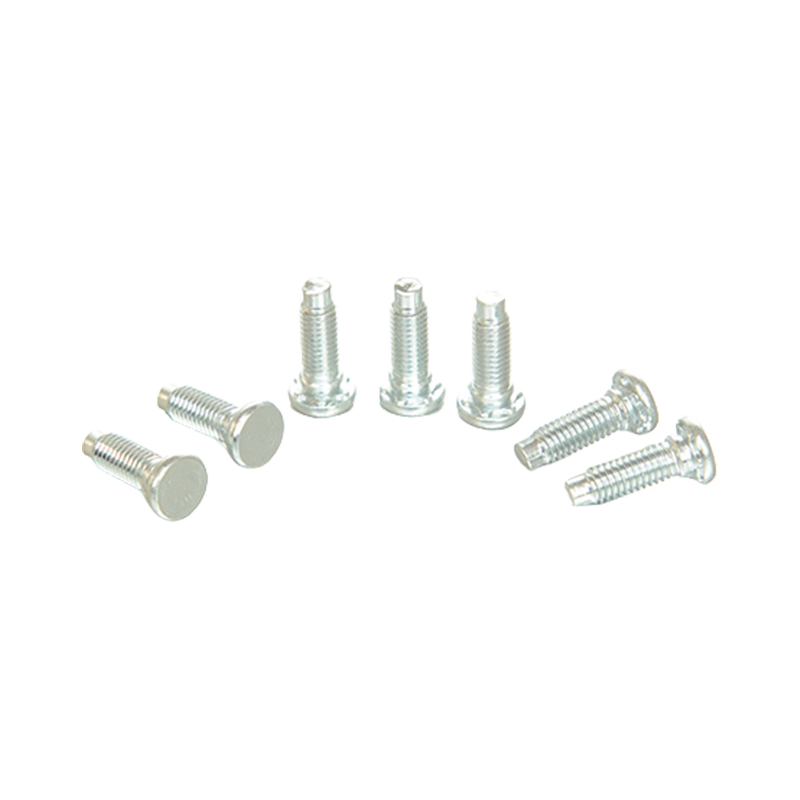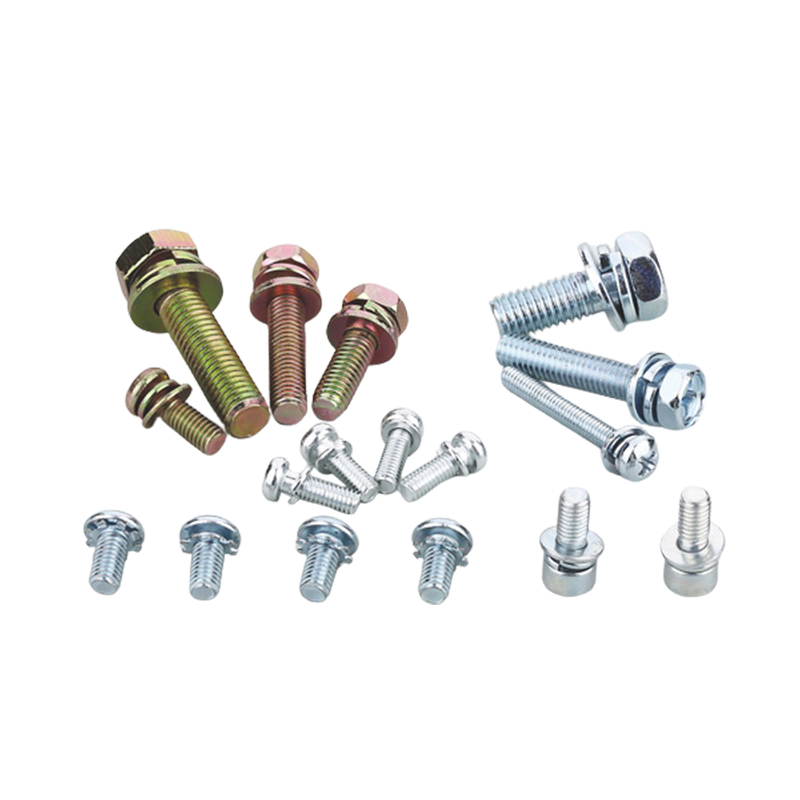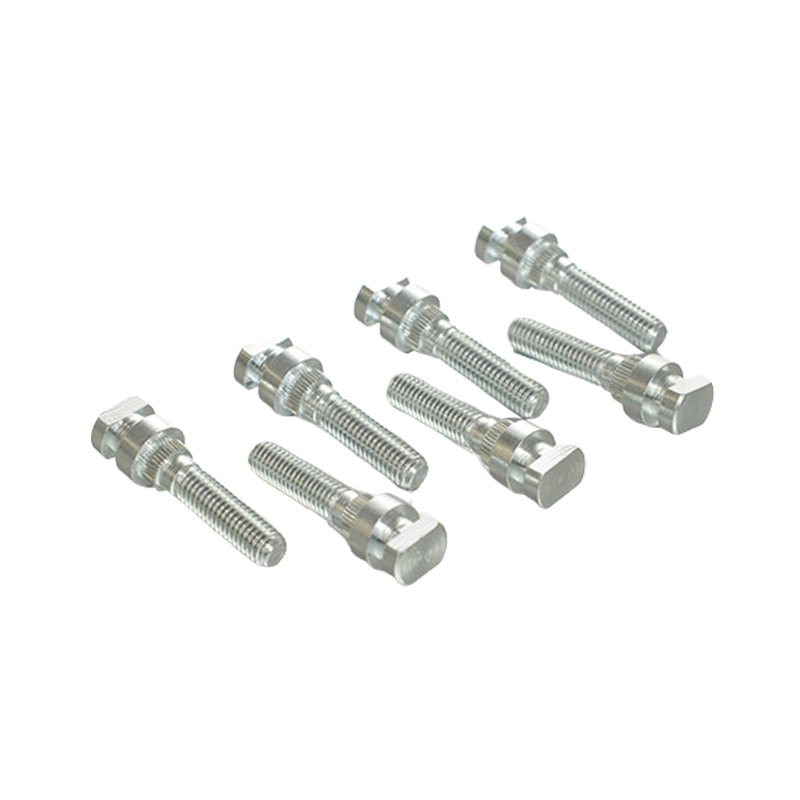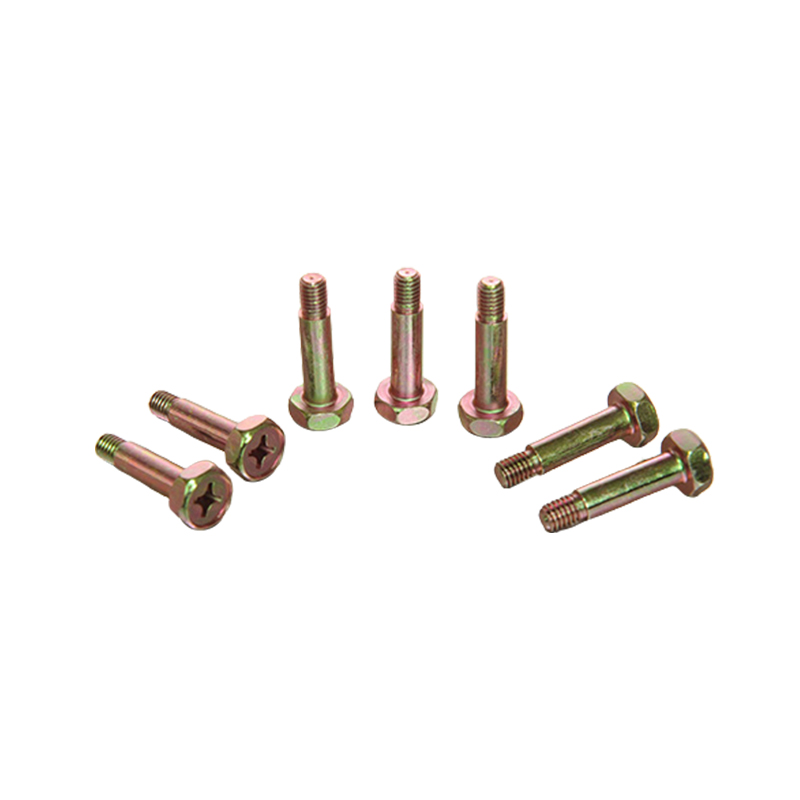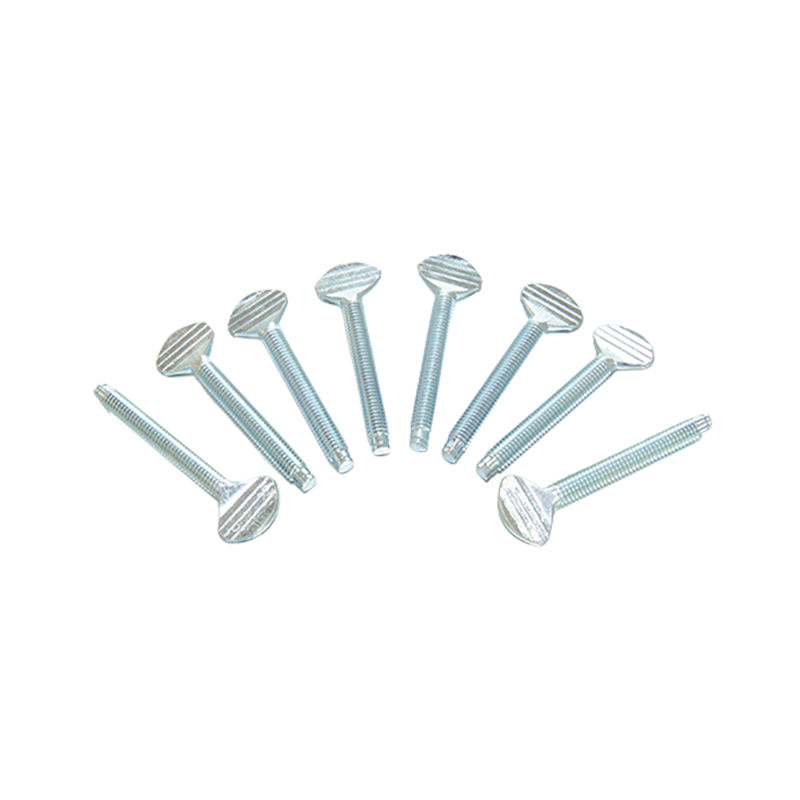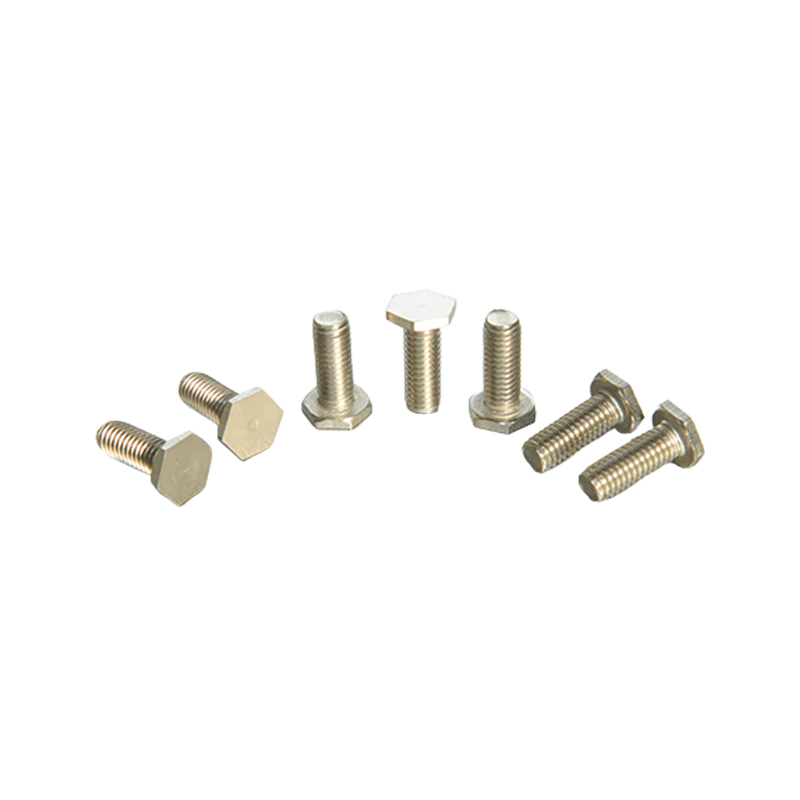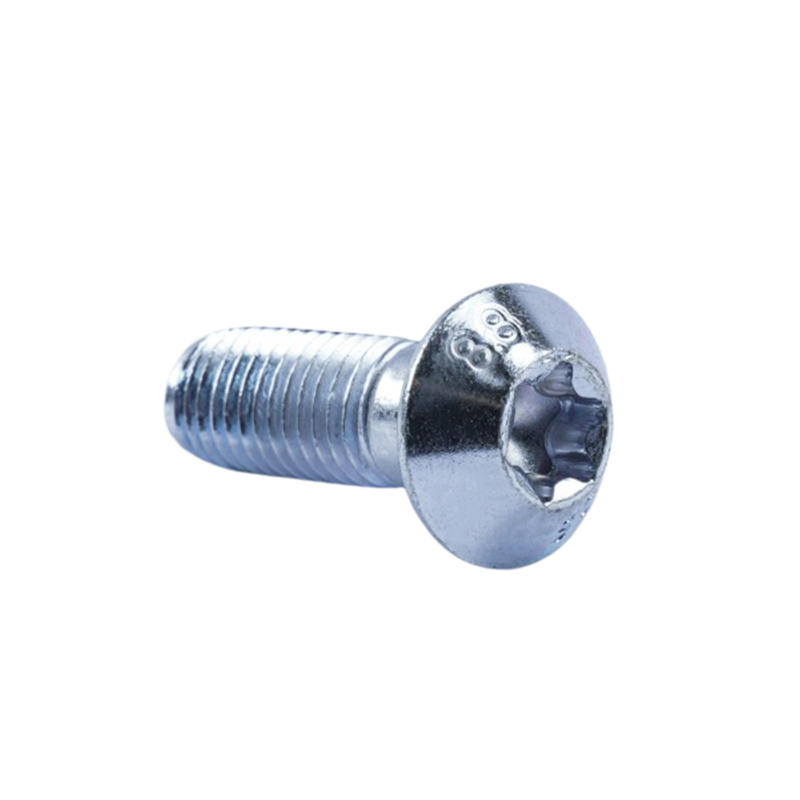Corrosion Resistance as Primary Advantage
Stainless steel screws demonstrate superior corrosion resistance compared to carbon steel alternatives due to their chromium content. When exposed to oxygen, chromium forms a passive oxide layer that protects the underlying material from rust and degradation. This characteristic proves particularly valuable in humid environments, outdoor applications, or locations with exposure to corrosive substances where carbon steel screws would require protective coatings.
Material Composition Differences
The fundamental distinction between these screw types lies in their alloy composition. Stainless steel contains a minimum of 10.5% chromium along with other alloying elements like nickel, while carbon steel primarily consists of iron and carbon. This compositional variation affects not only corrosion resistance but also mechanical properties and manufacturing processes, leading to different performance characteristics in various applications.
Mechanical Properties Comparison
While carbon steel screws generally exhibit higher hardness and tensile strength, stainless steel variants offer better ductility and toughness. The austenitic grades of stainless steel screws maintain their strength over a wider temperature range and demonstrate better fatigue resistance. These properties make stainless steel screws more suitable for applications involving vibration or thermal cycling where carbon steel might become brittle.
Application Environment Considerations
The popularity of stainless steel screws increases significantly in specific environments. Marine applications, food processing equipment, medical devices, and architectural installations frequently specify stainless steel due to its hygienic properties and resistance to various chemicals. Carbon steel screws find more use in controlled indoor environments or temporary structures where corrosion isn't a primary concern.
Long-Term Cost Effectiveness
Although stainless steel screws carry higher initial material costs, their longevity often makes them more economical over extended periods. The reduced need for replacement and maintenance offsets the initial price difference, especially in applications where accessing and replacing fasteners would be difficult or costly. Carbon steel screws may require additional treatments or frequent replacements in demanding environments.
Aesthetic and Surface Finish Options
Stainless steel screws offer more attractive appearance options without requiring additional finishes. They maintain their visual appeal over time and are available in various surface treatments from matte to mirror finishes. Carbon steel screws typically require plating or coating to achieve similar visual results, and these surface treatments can wear off during installation or use.
Temperature Performance Characteristics
The performance divergence between these materials becomes more pronounced at temperature extremes. Stainless steel screws maintain their mechanical properties better in both high-temperature and cryogenic applications. Carbon steel screws may lose strength at elevated temperatures or become excessively brittle in freezing conditions, limiting their suitability for certain industrial applications.
Magnetic Properties Variation
Most austenitic stainless steel screws are non-magnetic, which proves advantageous in applications where magnetic interference must be minimized. Carbon steel screws and some martensitic stainless steel varieties exhibit magnetic properties. This distinction influences material selection for electronic equipment, medical devices, and certain scientific instruments where magnetic characteristics matter.
Environmental Impact Considerations
Stainless steel's recyclability and long service life contribute to its environmental appeal. The material can be recycled repeatedly without quality degradation, reducing the need for new raw material extraction. While carbon steel is also recyclable, its potentially shorter lifespan in corrosive environments may lead to more frequent replacement and associated environmental impacts.
Installation and Handling Differences
Stainless steel screws require different handling during installation compared to carbon steel. Their tendency to gall during threading necessitates proper lubrication and controlled torque application. Carbon steel screws generally offer easier installation but may require anti-seize compounds in certain environments to prevent future removal difficulties.
Industry-Specific Preference Patterns
Various industries demonstrate clear preferences based on operational requirements. The construction industry often selects stainless steel for exterior applications while using carbon steel for structural framing. The automotive sector employs both types strategically, with stainless steel preferred for visible components and carbon steel for high-strength hidden fasteners.
Material Compatibility Factors
Stainless steel screws demonstrate better compatibility with diverse materials including aluminum, plastics, and other metals without causing galvanic corrosion in many combinations. Carbon steel screws require careful material pairing to avoid accelerated corrosion, often necessitating isolation washers or special coatings when used with dissimilar metals.
Manufacturing Process Variations
The production of stainless steel screws involves more complex metallurgical processes and stricter quality control measures compared to carbon steel screw manufacturing. These differences contribute to the price variation but also result in more consistent material properties and dimensional accuracy in stainless steel products.
Future Material Development Trends
Ongoing metallurgical research continues to enhance both stainless and carbon steel screw performance. New stainless steel alloys aim to improve strength characteristics while maintaining corrosion resistance, while advanced carbon steel formulations seek to increase environmental durability. These developments may further influence material selection trends in coming years.


